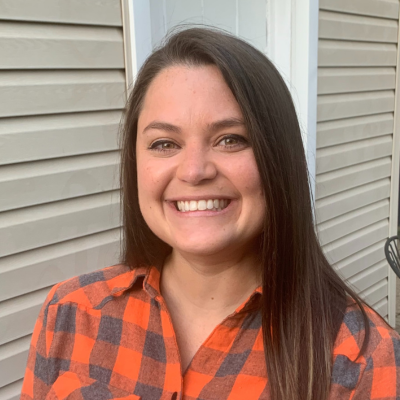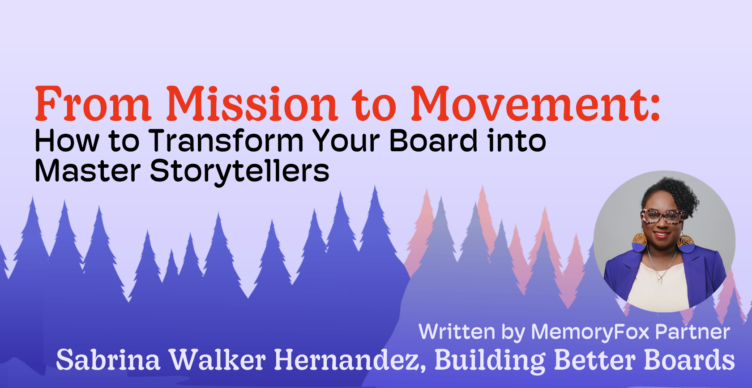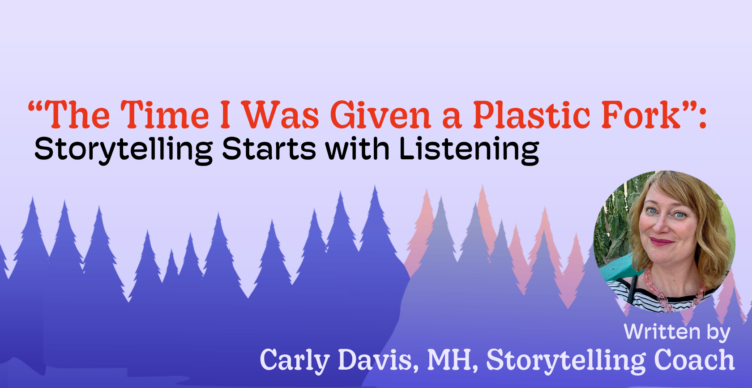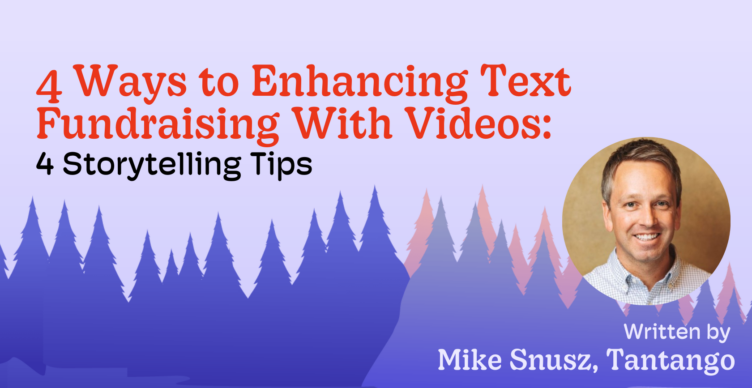Community Building, Social Media Ideas, Storytelling Strategy, Video Storytelling
The Power of Perspectives: 6 Types of Nonprofit Testimonials
According to the Stanford School of Business, stories are remembered up to 22 times more than facts alone. That’s why nonprofit testimonials are potent tools for connecting potential donors with your mission, and remaining top-of-mind as they consider where to give their time, talent and funds.
Sharing the personal experiences of the individuals your mission serves is a fundraising tactic many nonprofits prioritize, and has proven to be successful time and time again. But they are not the only stories worth telling. Have you ever considered the other community perspectives that have great stories to share? Let’s delve into six types of nonprofit testimonials that may seem out-of-the-box, but still have the ability to captivate your audience and ignite their philanthropic spirit.
6 Types of Nonprofit Testimonials
1. Program Participant Testimonials: When you put the power of storytelling directly into the hands of those you serve, you are providing a human perspective on the positive change your organization brings. These testimonials highlight the real, authentic impact of your work and empower beneficiaries to have their voices heard.
Consider asking:
- How did (this organization) help you overcome the challenges you were facing?
- Where would you be today without (this organization)?
FOX TIP: It’s important to recognize that there are instances where program participants may be unwilling or unable to share their story publicly. Above all, their wishes to remain anonymous should be honored. Even so, there are strategies to share beneficiary experiences without identifying factors, like crafting composite stories or using voice overs. Check out the 2023 Ethical Storytelling Report to learn more.
2. Volunteer Experiences: The incredible work provided by volunteers is the heartbeat of many nonprofit organizations. Volunteer testimonials offer a unique boots-on-the-ground perspective that can be captured in real time. When you take the time to highlight the dedication and efforts of your volunteers, the outcome is two-fold: you humanize your cause and inspire others to get involved.
Consider asking:
- Will you tell us about the first time you volunteered with (this organization)?
- How does volunteering with (this organization) make you feel?
3. Donor Testimonials: Donor stories articulate why individuals choose to support your cause, which can give your organization valuable insights into how outsiders view your mission and impact. Collecting and sharing the perspectives of donors is a great way to foster community and encourage continued philanthropic giving over time.
Consider asking:
- There are a lot of nonprofits out there — what is special to you about (this organization)?
- Why did you decide to make a gift to (this organization) today?
4. Staff Stories: Staff testimonials offer a behind-the-scenes look at the people driving your nonprofit’s mission forward, which is a fantastic trust-building tool. The truth is, your audience loves to see how their dollars impact the day-to-day operations, but these stories are often not shared publicly. Take the time to capture the unique stories that staff members hold and elevate their hard work regularly.
Consider asking:
- How does (this organization) make our community a better place?
- What is the toughest decision you’ve had to make in your department about (this organization)?
5. Board Member Perspectives: Board members have a wealth of institutional knowledge, including: the process of program creation and expansion, memories and takeaways from fundraising events, major donor trends, and major “firsts” and milestones at the organization. When you collect and organize these stories, there are two benefits: Your growing organization will have the ability to share unique insights with your audience, and you will have material for time capsule opportunities in the future.
Consider asking:
- What was it about (this organization) that inspired you to join our board?
- What is the biggest transformation you’ve witnessed at (this organization)?
6. Sponsorship & Corporate Partnership Stories: The partnerships built between a nonprofit and its for-profit supporters are some of the strongest, long-lasting relationships your organization will endure. Showcase successful collaborations, highlight your shared goals and demonstrate your collective achievements overtime. Your partners will love having their philanthropic efforts shared, and your audience will enjoy learning about members of the business community who support your cause so they can support them as well!
Consider asking:
- What is it about (this organization’s) mission that aligns with your organization’s priorities?
- How many years has your organization been involved with (this organization) and how has the partnership evolved over time?
As the need for nonprofit testimonials continues to grow, it’s time to start incorporating all six of these diverse perspectives into your storytelling efforts. When you elevate voices from every part of your community, you can transform your fundraising strategy, build trust, provide transparency and truly inspire new donors to become a part of your mission.
If you believe in the power of out-of-the-box nonprofit storytelling, but you’re not quite sure how to start collecting great stories like these, invest 30 minutes of your time with a member of our team. Because, at MemoryFox, we know every nonprofit has great stories to tell, and we are committed to helping you do so ethically and authentically.

About the Author
Carly Euler
Marketing Manager, MemoryFox
Carly comes from the nonprofit world ready to elevate the hundreds of nonprofits in the MemoryFox community. She currently serves as the Co-Chair of the Wily Network’s Young Professionals Association, and has previously held positions at the Breast Cancer Coalition of Rochester, the Code of Support Foundation, Kenya Lacrosse Association, and the BOMA Project, where she has specialized in marketing, communications, and fundraising. Storytelling has been an integral part of each role.




